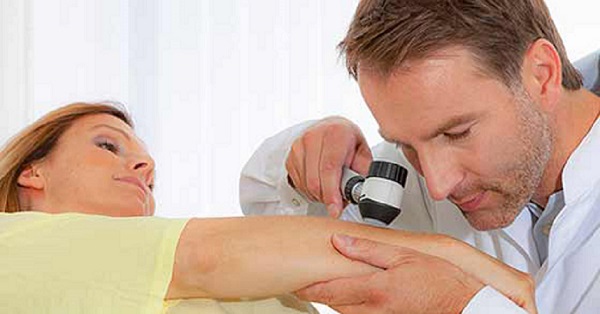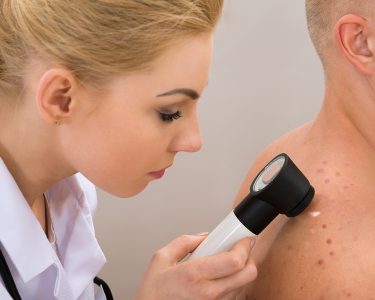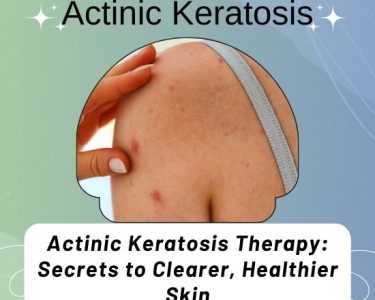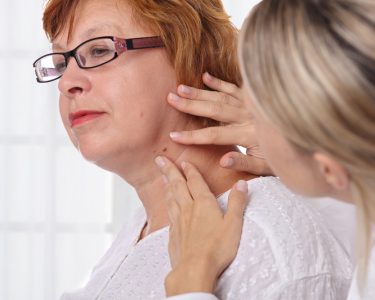Actinic keratosis (AK) is a skin condition caused by prolonged exposure to ultraviolet (UV) rays from the sun or artificial sources like tanning beds. It appears as rough, scaly patches on sun-exposed areas such as the face, hands, neck, or scalp. While AK is not cancerous, it can progress to squamous cell carcinoma (a type of skin cancer) if left untreated. Thankfully, there are several medical procedures available to address actinic keratosis effectively.
What is Actinic Keratosis Medical Procedures?
Actinic Keratosis (AK), also known as solar keratosis, is a precancerous skin condition caused by prolonged exposure to ultraviolet (UV) rays. It manifests as rough, scaly patches or spots on the skin, often in sun-exposed areas like the face, ears, scalp, neck, and hands. If untreated, some cases of AK can progress to squamous cell carcinoma, a type of skin cancer. Medical procedures for treating actinic keratosis aim to eliminate the abnormal skin cells and prevent progression to cancer. Below are the common medical procedures used:
Related Articles: Most Effective Treatment for Actinic Keratosis
1. Cryotherapy
Cryotherapy, also known as cryosurgery, is a quick and minimally invasive procedure that involves freezing the affected area with liquid nitrogen.
- How it works: The extreme cold destroys the abnormal skin cells, which later peel off to reveal healthy skin.
- Recovery: Most patients experience mild redness or blistering that heals within a few weeks.
- Best for: Isolated or small lesions.
2. Photodynamic Therapy (PDT)
Photodynamic therapy uses light-sensitive medication and a special light source to treat AK.
- How it works: A topical medication (usually aminolevulinic acid) is applied to the skin and absorbed by abnormal cells. When exposed to a specific light, these cells are destroyed.
- Benefits: This method is particularly effective for treating multiple lesions across a larger area.
- Side effects: Redness, swelling, or a burning sensation during the treatment.
3. Curettage and Electrosurgery
This procedure is used for thicker or more resistant lesions.
- How it works: The lesion is scraped off with a curette (a sharp, spoon-shaped instrument) and the area is cauterized with electric current to stop bleeding and destroy remaining abnormal cells.
- Ideal for: Lesions that have failed other treatments or are suspicious for cancerous transformation.
- Recovery: Healing typically takes a few weeks and may leave a scar.
4. Laser Therapy
Laser therapy uses focused light energy to target and vaporize actinic keratosis.
- How it works: A dermatologist uses a laser to precisely remove the damaged skin layers.
- Advantages: Minimally invasive, with less damage to surrounding tissue.
- Drawbacks: Can be more expensive than other methods and may require multiple sessions.
5. Chemical Peels
Chemical peels involve applying a chemical solution to the skin, causing the outer layers to exfoliate and peel away.
Related Articles: Actinic Keratosis on the Eyelids: Protect Your Eyelids
- How it works: The solution penetrates the skin, removing precancerous cells.
- Recovery: Redness and peeling may last a few days to weeks, depending on the strength of the peel.
- Best for: Treating diffuse lesions and improving overall skin texture.
6. Surgical Excision
In cases where AK lesions are suspected of progressing to squamous cell carcinoma, surgical excision may be necessary.
- How it works: The lesion and a margin of healthy skin are removed, and the tissue is sent for biopsy.
- When it’s used: For large or suspicious lesions that require a definitive diagnosis.
- Topical Treatments
Although not a procedure, topical medications are often used in conjunction with or as an alternative to medical procedures. These include:
- 5-Fluorouracil (5-FU): A chemotherapy cream that destroys abnormal cells.
- Imiquimod: A cream that boosts the immune system to fight AKs.
- Diclofenac Gel: An anti-inflammatory medication used to treat AKs.
- Ingenol Mebutate: A plant-derived compound used for short-term treatment.
Choosing the Right Procedure
The best treatment for actinic keratosis depends on factors such as the number, size, and location of the lesions, as well as the patient’s medical history and preferences. A dermatologist can provide personalized recommendations based on these considerations.
Related Articles: 10 Actinic Keratosis Home Remedies and Natural Cure
Preventing Actinic Keratosis
While medical procedures effectively address AK, prevention remains crucial:
- Use sunscreen: Apply broad-spectrum sunscreen with at least SPF 30 daily.
- Wear protective clothing: Hats, sunglasses, and long sleeves can shield your skin.
- Avoid peak sun hours: Stay out of the sun between 10 AM and 4 PM.
Final Thoughts
Actinic keratosis is a manageable condition with various effective medical procedures available. Early detection and treatment are essential to prevent progression to skin cancer. If you notice unusual skin changes, consult a dermatologist promptly to explore your treatment options.




